Truman Capote’s only musical is up for sale tomorrow
NewsFrom the Doyle sale catalogue:
NEW YORK, NY — Following the success of his 1948 debut novel, Other Voices, Other Rooms, and the publication of his 1949 first collection of short stories, A Tree of Night and Other Stories, Truman Capote went to Haiti on assignment for Harper’s Bazaar. The trip yielded a travel essay titled Haiti which was published in Capote’s 1950 collection Local Color. But while in Port-au-Prince, Capote spent a many evenings gossiping on the porches of the bordellos, passing time with the local women there. The trip also inspired a short story titled “House of Flowers,” considered one of Capote’s best, which was published in Rome in Botteghe Oscure in 1950 and in the United States in 1951 in Mademoiselle. The story involves two competing bordellos and a woman named Ottilie who turns down the opportunity to marry a rich lord in favor of a poor young man from the mountains. Ottilie’s madam attempts to keep her by having the young man sealed in a barrel and tossed into the ocean but somehow he survives by clinging to the back of a turtle and the two marry and live happily ever after.
Even before the story “House of Flowers” was conceived as a musical, Capote’s 1951 novel The Grass Harp had caught the attention of Broadway impresario Saint Subber, who was coming off the Tony Award-winning success of Kiss Me, Kate. Capote and Saint Subber collaborated on a stage adaptation of The Grass Harp which opened on Broadway and ran for 36 performances only despite costume designs by Cecil Beaton and music by Virgil Thomson. Undeterred, in 1952 Saint Subber approached Capote about adapting “House of Flowers” into a musical despite Capote’s inexperience in writing songs. To aid Capote and the project at large, Saint Subber brought in Harold Arlen, a deeply experienced composer who had written songs that are now standards for Harlem’s famous Cotton Club, the music for The Wizard of Oz in 1939, and several collaborations with lyricist Johnny Mercer. Despite a bleeding ulcer that landed him in the hospital, Arlen was able to work with Capote on completing the musical, including writing sessions at the hospital. Capote and Arlen two developed a friendly if not paternal relationship (Capote often referred to Arlen as “Dads”).
Once completed, House of Flowers opened on Broadway at the Alvin Theatre on December 30th, 1954 and played for 165 performances. The original cast was star-studded and included Pearl Bailey, Diahann Carroll, Carmen de Lavallade, Alvin Ailey, Geoffrey Holder (who also provided a section of choreography), Juanita Hall, Ray Walston, and Mary Mon Toy. The musical was directed by Peter Brook, costumes and sets by Oliver Messel, and choreography by George Balanchine. The score is also notable for being the first on Broadway to feature the steel pan. The musical also gave us the song “Sleepin’ Bee,” originally sung by Diahann Carroll and later by Barbra Streisand who called it her favorite song. Like other Arlen classics, “A Sleepin’ Bee” is now considered a standard of the American Song Book.
Such archives offering so much manuscript material relating to one musical collaboration is rare on the market. The present archive offers substantial treatments of each of the major songs in the musical including “A Sleepin’ Bee,” “One Man Ain’t Quite Enough,” and the title track “House of Flowers.” While substantially complete, the only songs we do not trace here are “What a Friend is For,” the Act II opening song titled “Husband Cage,” and the “Voudou” sequence in Act II.
House of Flowers was Truman Capote’s only musical. In the years that followed, he turned his attention back to non-fiction with The Muses are Heard in 1956 and In Cold Blood in 1965 before devolving into the Answered Prayers episode which consumed the end of his career. Truman Capote died in 1984. Harold Arlen’s storied career also began to slow following House of Flowers, although he would contribute music to the 1957 musical Jamaica, which focused on calypso music then made popular by Harry Belafonte. Harold Arlen died in 1986.

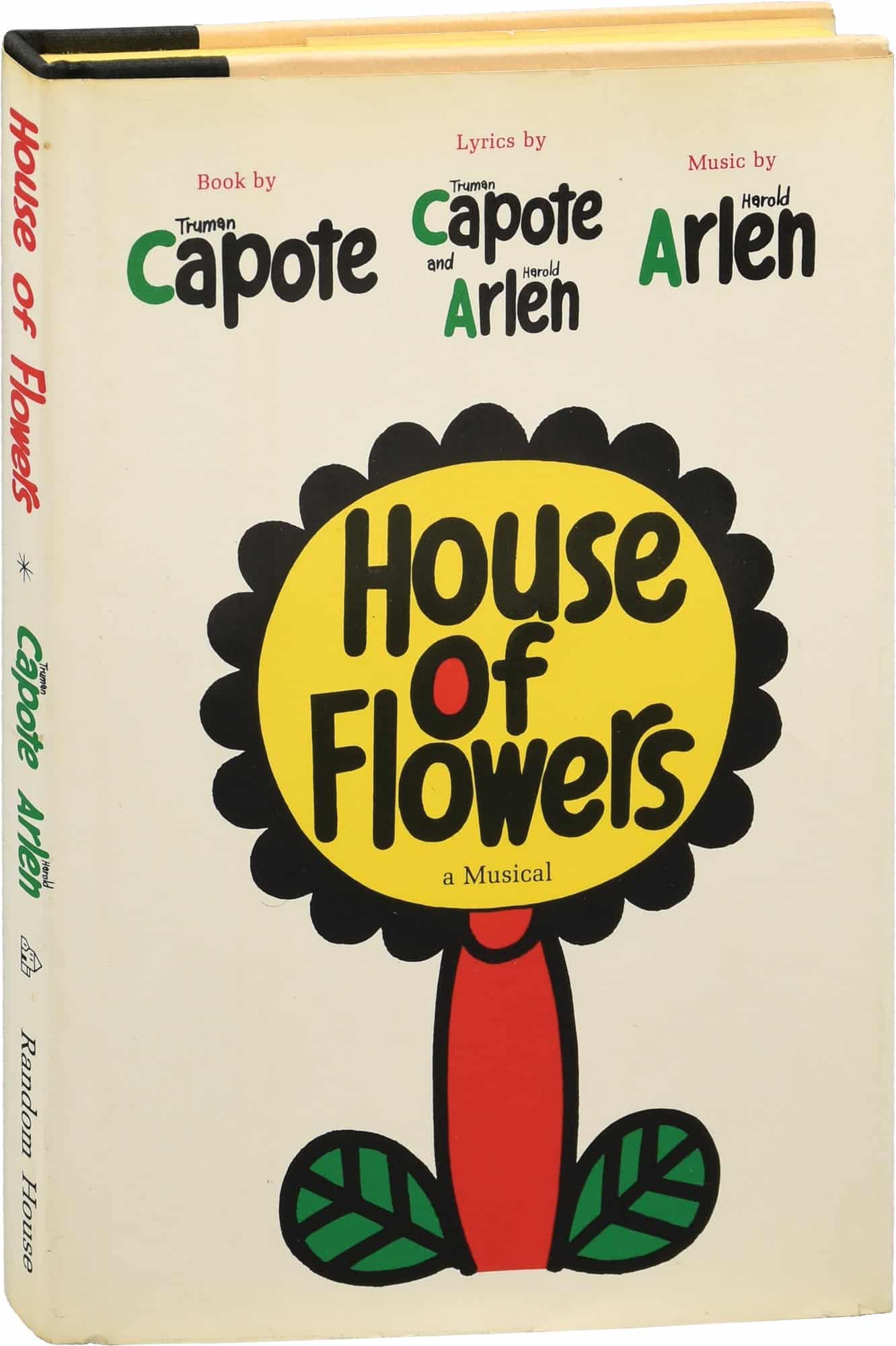
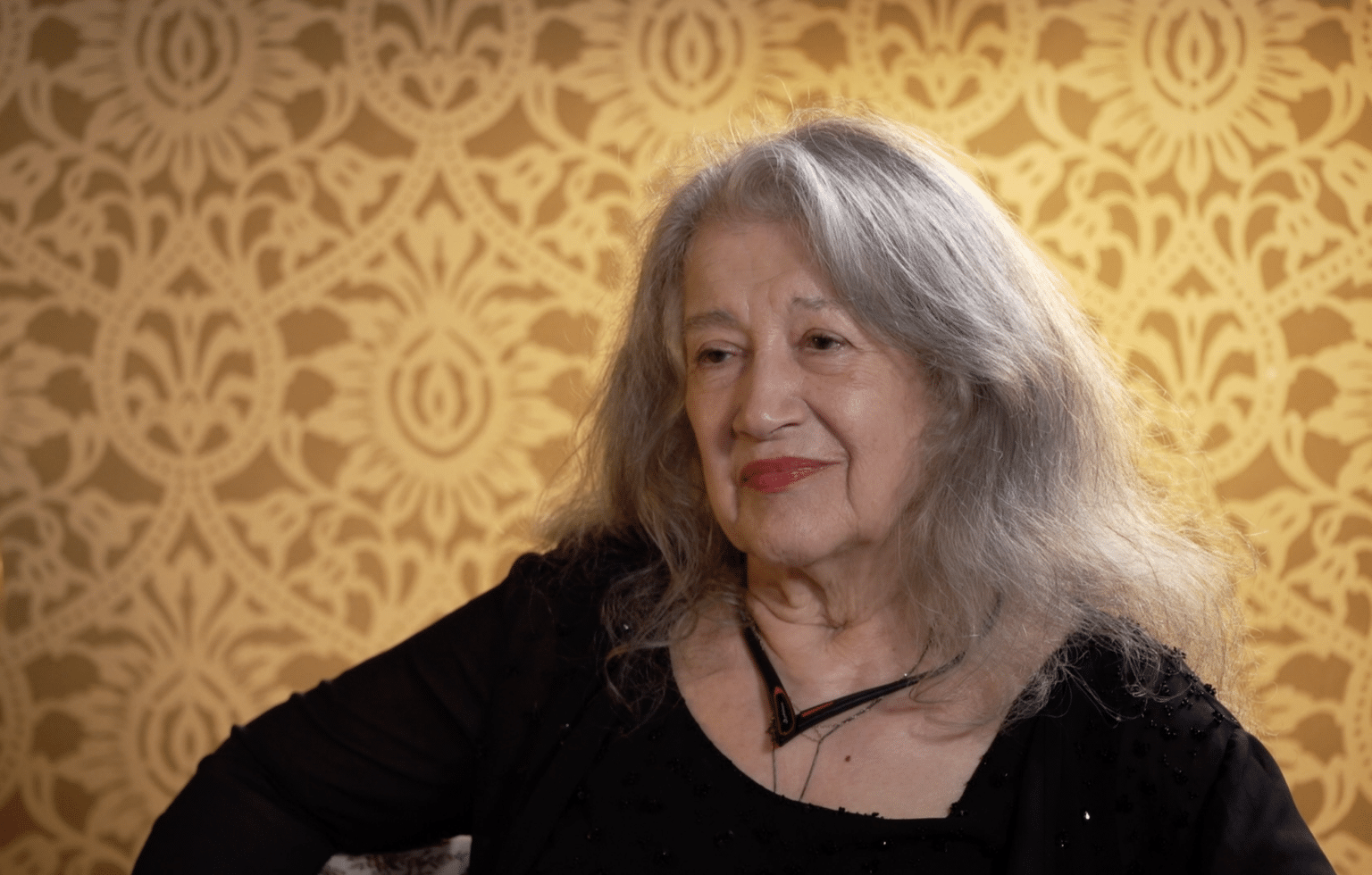
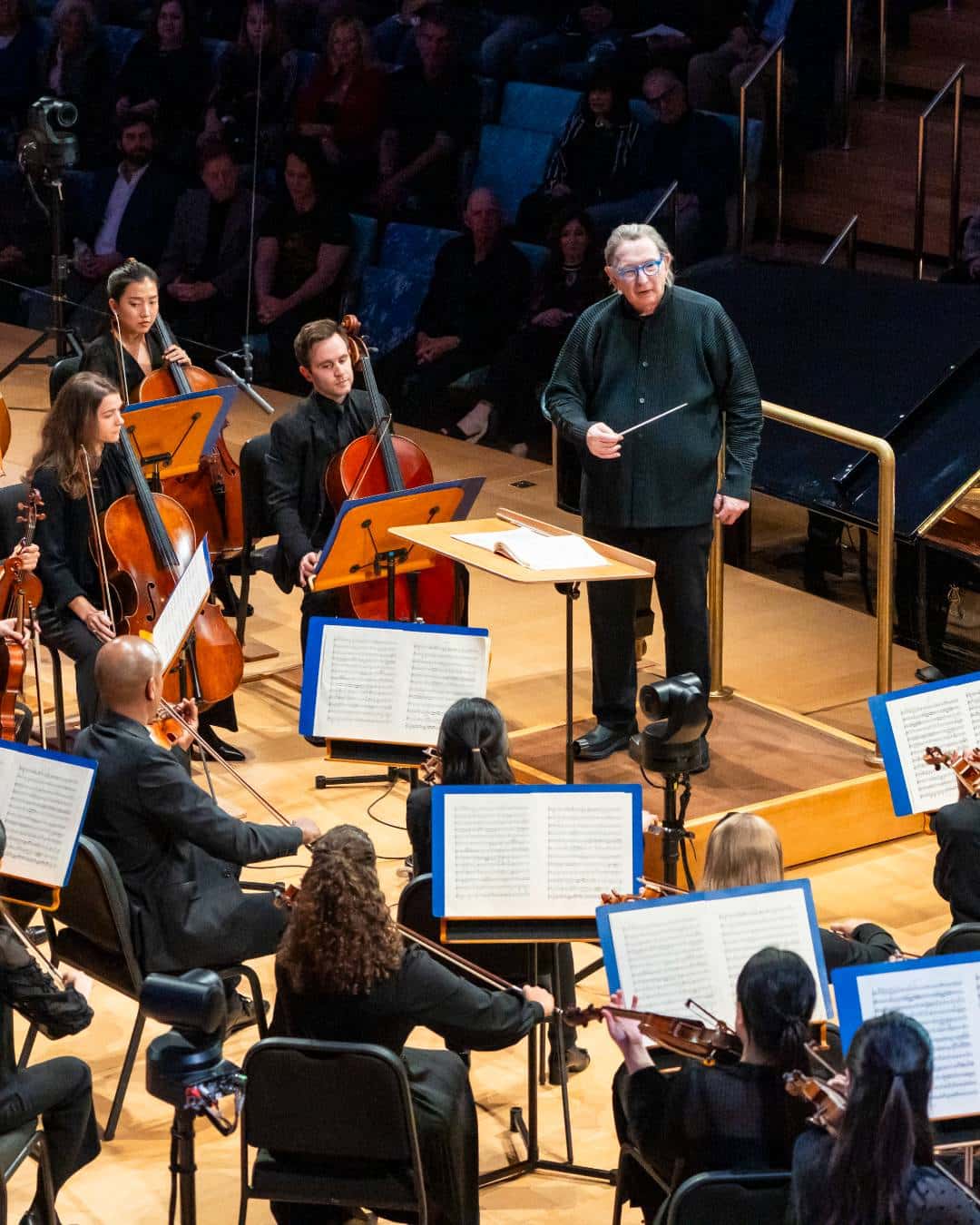
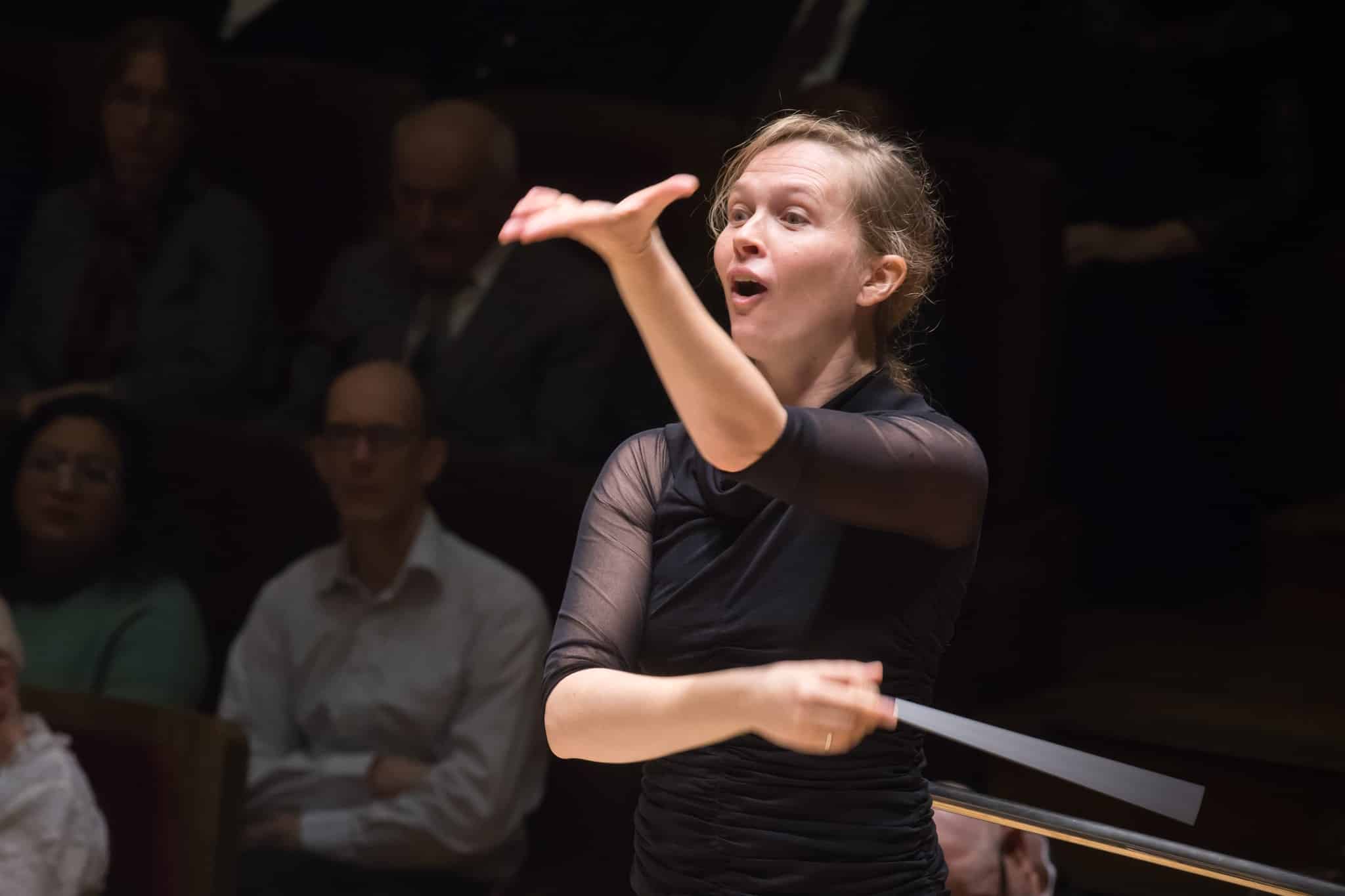
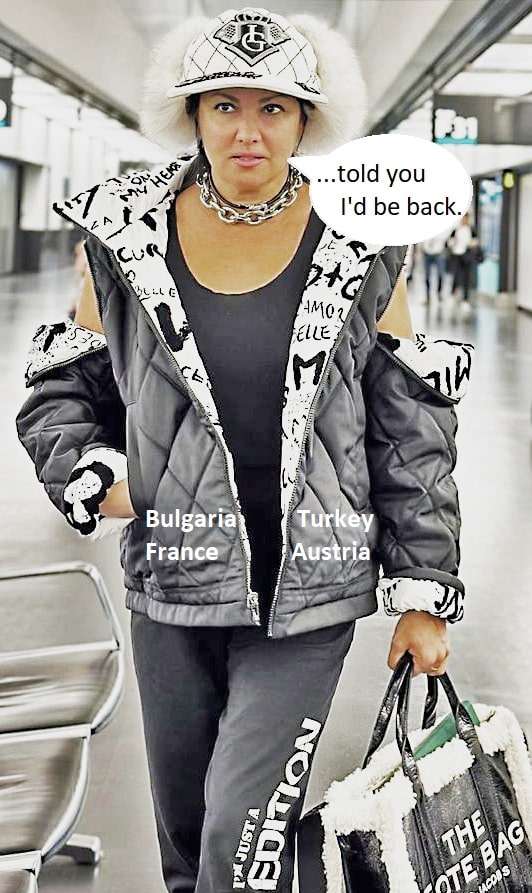
Comments